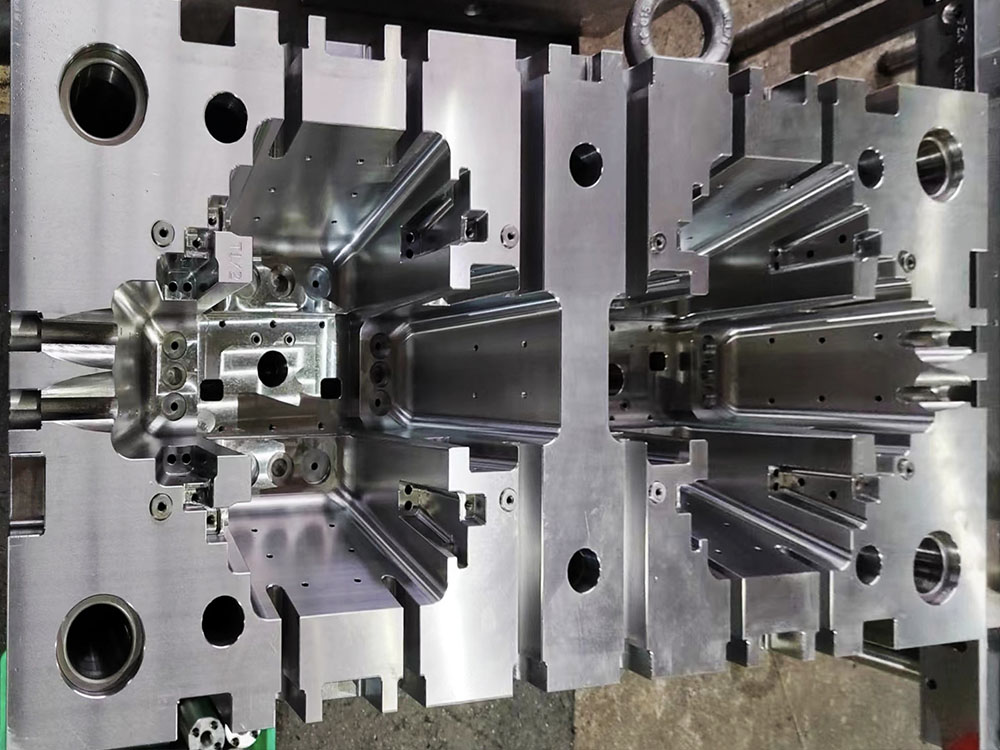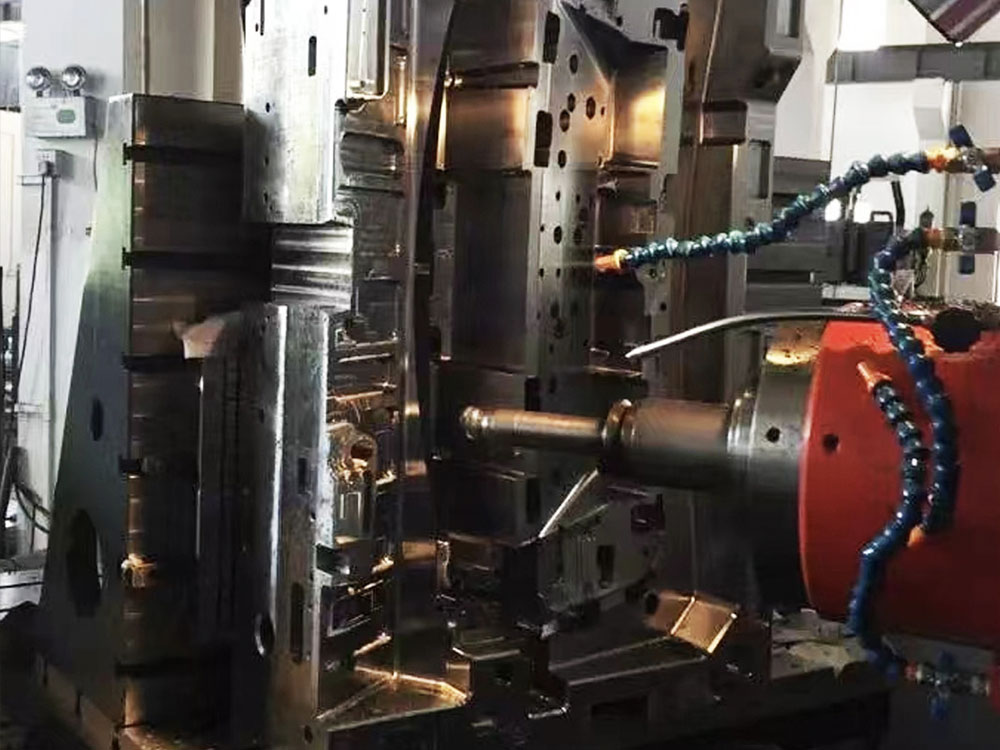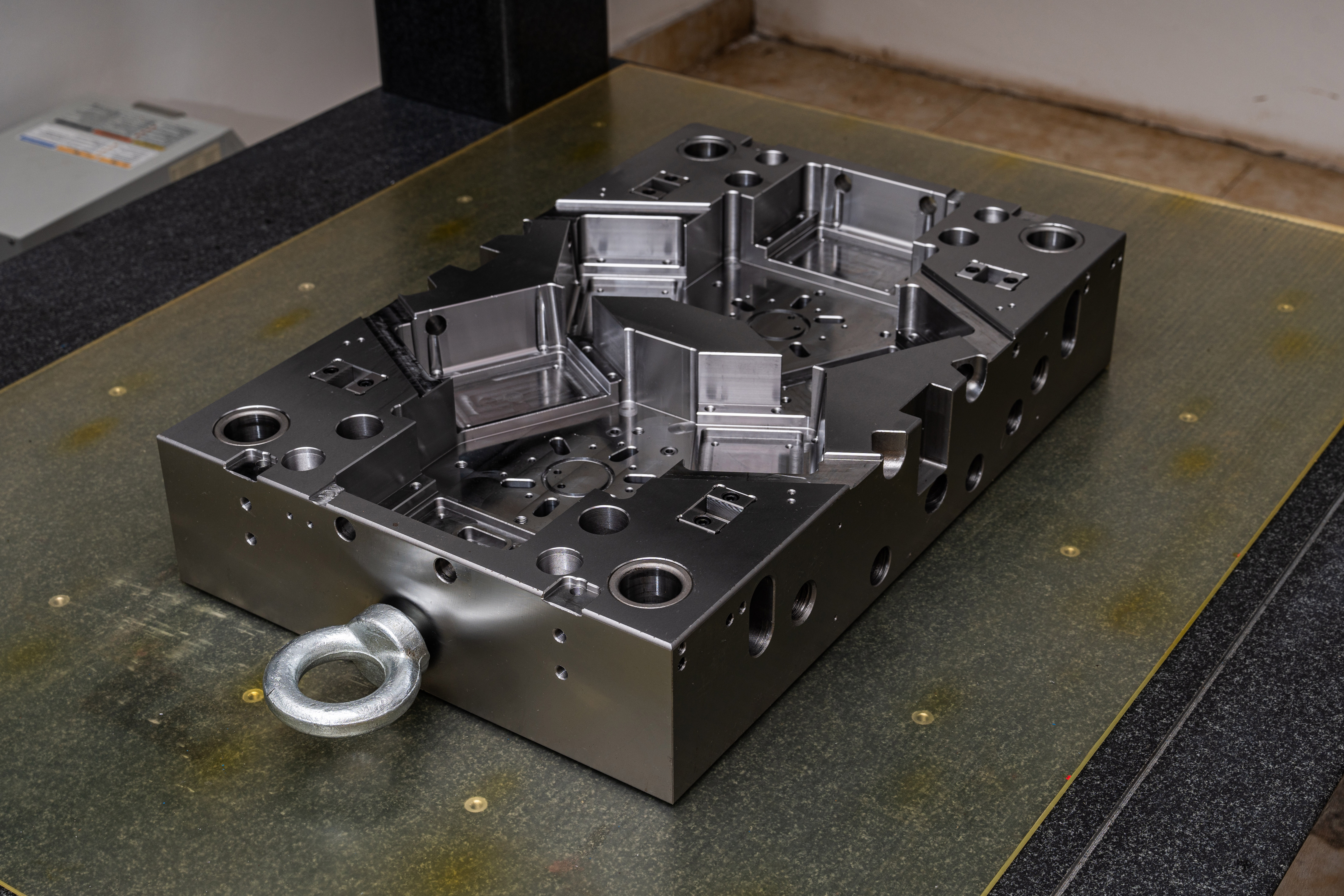How to Calculate the Inclined Hole of a Core Pillar Assembly in the Mold Base Industry
The inclined hole of a core pillar assembly plays a critical role in ensuring the precision and functionality of a mold base. It allows for the easy removal of core inserts or pins, facilitating a smooth ejection process during the molding operation. In this article, we will guide you through the calculation process for determining the size and angle of an inclined hole in a core pillar assembly.
Step 1: Determine the required size of the inclined hole
The size of the inclined hole depends on the diameter and length of the core insert or pin. To calculate the appropriate size, you need to consider factors such as the molding material, mold design, and the required mold functionality. It is crucial to ensure that the inclined hole provides enough clearance for the core insert/pin movement while maintaining the structural integrity of the mold base.
Step 2: Calculate the angle of the inclined hole
The angle of the inclined hole determines the direction of core insert/pin ejection. It should be carefully calculated to ensure effective mold release and prevent any damages to the mold or molded parts. The angle is typically determined based on the molding material, part geometry, and the ejection system employed in the mold design. For most applications, an inclined hole angle of 3-5 degrees is commonly used.
Step 3: Use trigonometry to calculate the dimensions
Trigonometry is a powerful tool for calculating the dimensions of an inclined hole. By using basic trigonometric functions such as sine, cosine, and tangent, you can determine the length, width, and depth of the inclined hole.
The length of the inclined hole can be calculated by dividing the diameter of the core insert/pin by the sine of the inclined hole angle. This will give you the minimum length required.
The width of the inclined hole is usually determined based on the diameter of the core insert/pin. It should provide sufficient clearance, allowing for easy movement of the core insert/pin.
The depth of the inclined hole is an important dimension to consider. It should be deep enough to accommodate the entire length of the core insert/pin, but not excessively deep, to avoid weakening the mold base.
Step 4: Consider any additional factors
While the calculations mentioned above provide a general guideline, it is important to consider any additional factors that may affect the design of the inclined hole. These factors could include the type of ejection system, mold base material, and the presence of any undercuts or side actions.
It is also crucial to review the calculated dimensions with mold designers, engineers, and manufacturers to ensure that the inclined hole design meets all the necessary requirements and specifications.
Conclusion
The calculation of the inclined hole in a core pillar assembly is a critical step in mold base design. By considering the required size, angle, and using trigonometry to calculate the dimensions, you can ensure the functionality, precision, and efficiency of the mold base. Collaborating with experts in the industry and paying attention to additional factors will further enhance the overall design.




